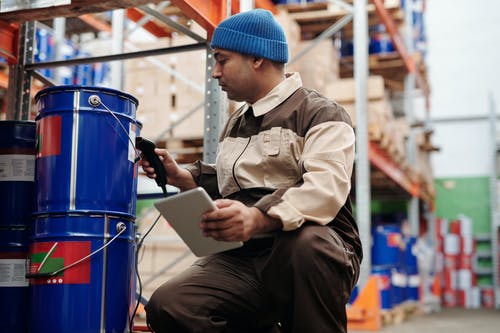The COVID-19 pandemic has changed the warehousing industry, maybe forever. Significant changes to health and safety regulations are one example. The way retailers maintain stock levels or address staffing shortages are also changing. Many of these changes are likely to stay when the global pandemic comes to an end.
In many ways, the pandemic has altered conventional thinking in the warehousing industry in a positive way. However, it is important to understand what changes are here to stay and which are likely to be rescinded. Below, we offer suggestions on scaling your warehouse after COVID-19.
Health and Safety Regulations
Many of the health and safety requirements related to the spread of COVID-19 will no longer be necessary at the end of the pandemic. Face shields, PPE, and gloves will likely become a thing of the past. However, there is value in maintaining other procedures designed to stop the spread of the disease after the pandemic.
COVID-19 probably won’t be the last pandemic this country faces. For this reason, maintaining certain minimum protections could not only prevent the spread of the next pandemic but also keep workers safe from the common cold or flu. Some forms of social distancing like one-way traffic aisles or hand sanitation stations are also encouraged to remain in use after Coronavirus. By reducing the potential for diseases to spread, warehouse employers can maintain a healthier workforce.
Evaluate Personnel Changes
The pandemic has impacted every warehouse differently. While some facilities needed additional help to address the boom in e-commerce, others faced struggles that led to furloughs and layoffs.
Many companies must also address shifting personnel needs going forward. This could involve identifying furloughed workers who can return or even using gig labor to address a permanent change in labor needs.
Updating Inventory Levels
Prior to COVID-19, many manufacturers scaled their warehouses using a lean approach. By limiting the amount of inventory they carried at any given time, they were able to minimize storage and transportation costs. However, online purchases were already trending up before Coronavirus, and they are likely to continue increasing as time goes on. A careful review of inventory levels could help you scale your warehouse after COVID-19.
Making Use of Flex Labor
The labor market challenges that could arise after the pandemic remain to be seen. Many warehouses may experience cyclical or seasonal increases in volume that make it difficult to maintain appropriate staff levels. Thankfully, flex workers can fill in the gaps in those situations.
If your warehouse requires additional flex labor, HapiGig can help. Our platform is the industry leader for providing warehouse employers with carefully vetted flex workers when they need them. Contact us right away to learn more.

